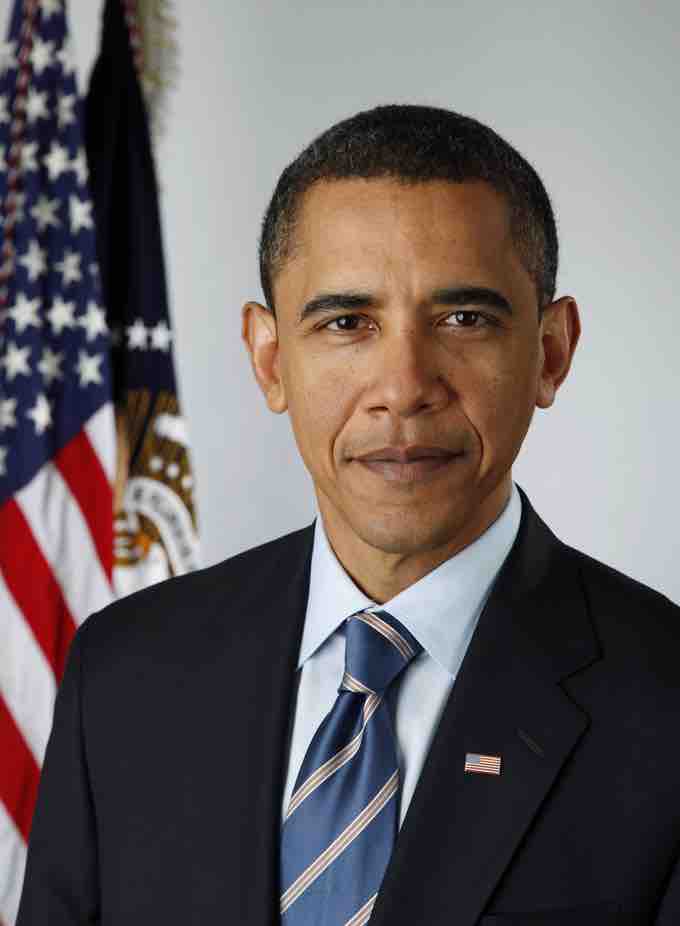Political participation differs notably by age. People between the ages of thirty-five and sixty-five are the most politically active. People at this stage of life are more likely than younger people to have established homes, hold steady jobs, and be settled into communities. Those with stable community roots often have strong incentives and greater resources for becoming involved in politics.
People under the age of thirty are among the least involved in mainstream forms of participation, as younger people often lack the money and time to participate. Voter turnout among eighteen- to twenty-four-year-olds dropped from 50 percent in 1972, the first presidential election year after the voting age was lowered to eighteen, to 36 percent in 2000. Turnout among senior citizens, people sixty-five and older, increased to nearly 70 percent in that same time period.
While younger people turn out in elections less often than older people, youth voting has been on the rise in presidential elections since 2004. Young voter turnout rose to 47 percent in 2004 and 51 percent in 2008, partly as a result of voter registration and mobilization efforts by groups like Rock the Vote. The youth vote contributed to the success of Democratic presidential candidate Barack Obama in 2008 and 2012, as young volunteers provided countless hours of campaign support. The growth of Internet technologies, particularly social media sites such as Facebook, Twitter, and YouTube, has also made it easier for candidates to reach younger voters who may not read traditional newspapers or watch television news and increase their turnout .

President Barack Obama
Barack Obama's presidential campaigns were successful partly as a result of youth participation.